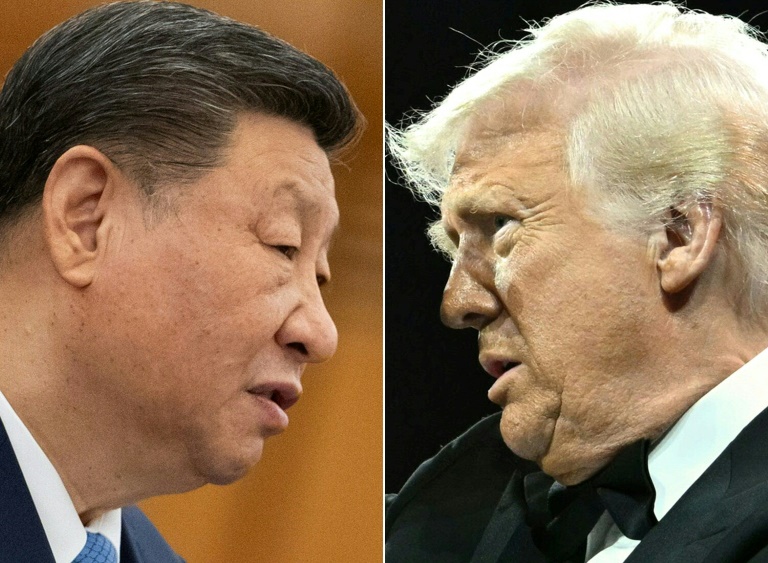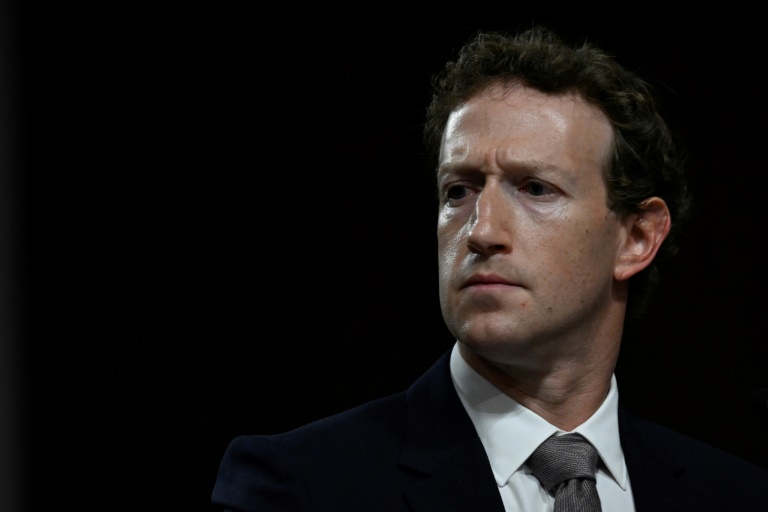Washington (AFP) – The US Federal Reserve’s favored measure of inflation eased slightly in May, according to government data published Friday, as goods prices cooled. The data provide the US central bank with further evidence that its fight against inflation is back on track after a small uptick in the annual inflation rate in the first quarter of the year.
The personal consumption expenditures (PCE) price index rose at an annual rate of 2.6 percent in May, the Commerce Department said in a statement, while monthly inflation remained unchanged. This was in line with the median forecast of economists surveyed by Dow Jones Newswires and The Wall Street Journal.
“It is just additional news that monetary policy is working, inflation is gradually cooling,” San Francisco Fed president Mary Daly told CNBC on Friday after the data were published. “That’s a relief for businesses and households who have been struggling with persistently high inflation,” added Daly, who has a vote on the Fed’s interest rate-setting committee this year.
On an annual basis, goods prices decreased by 0.1 percent, while those of services rose by 3.9 percent. The data certainly add to the case for the Fed to consider cutting interest rates, which currently sit at a 23-year high. But they are unlikely to cause policymakers to immediately take action, given that inflation remains stuck above the bank’s long-term target of two percent.
Stripping out volatile food and energy prices, the closely watched “core” measure of inflation eased to an annual rate of 2.6 percent in May, in line with expectations — a sign that underlying prices cooled further. The data published Friday also show that personal income rose by 0.5 percent from a month earlier, the Commerce Department said, up slightly from 0.3 percent in April. Personal savings as a percentage of disposable income came in at 3.9 percent in May, up slightly from a revised figure of 3.7 percent a month earlier.
“The inflation backdrop is changing favorably,” High Frequency Economics chief US economist Rubeela Farooqi wrote in a note to clients on Friday. “Coupled with a more subdued path for household spending and growth supports a shift in monetary policy towards a less restrictive stance, possibly as early as September,” she added.
Futures traders currently assign a probability of just under 70 percent that the Fed will have cut interest rates by mid-September, according to data from CME Group. This is up sharply from a month ago, when the chances of a September cut hovered around 50 percent, indicating that markets saw the first cut coming as late as the last quarter of this year.
Earlier this month, the Fed penciled in just one rate cut this year, down from three in its previous forecast published in the spring.
© 2024 AFP





















